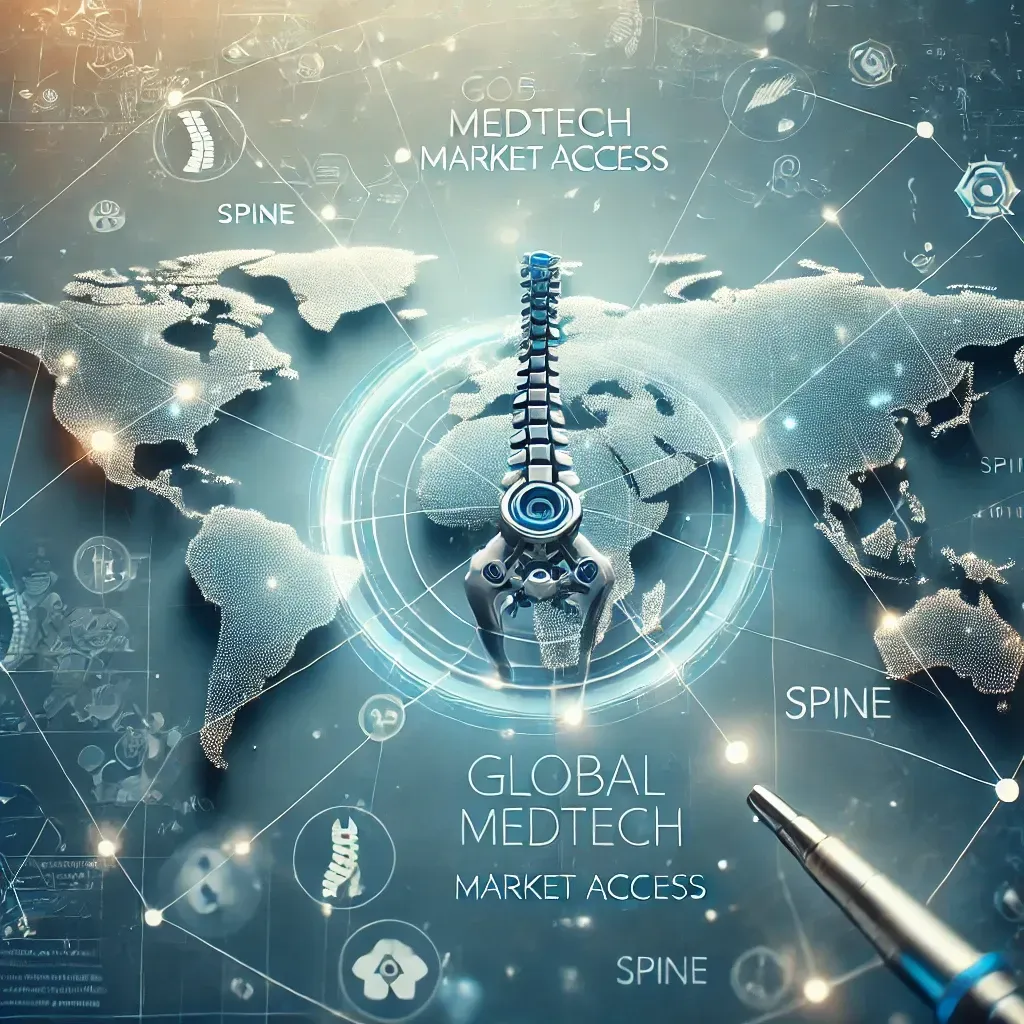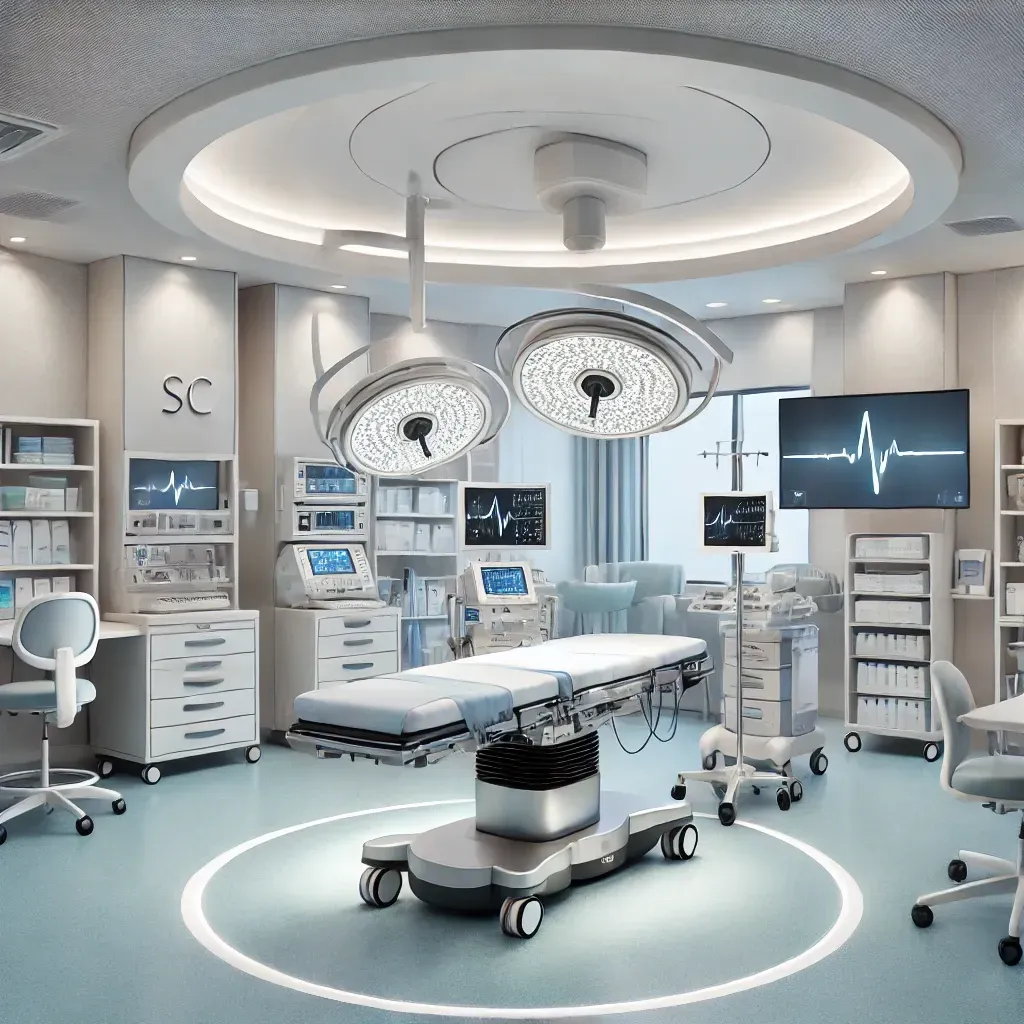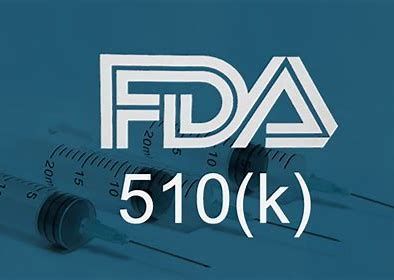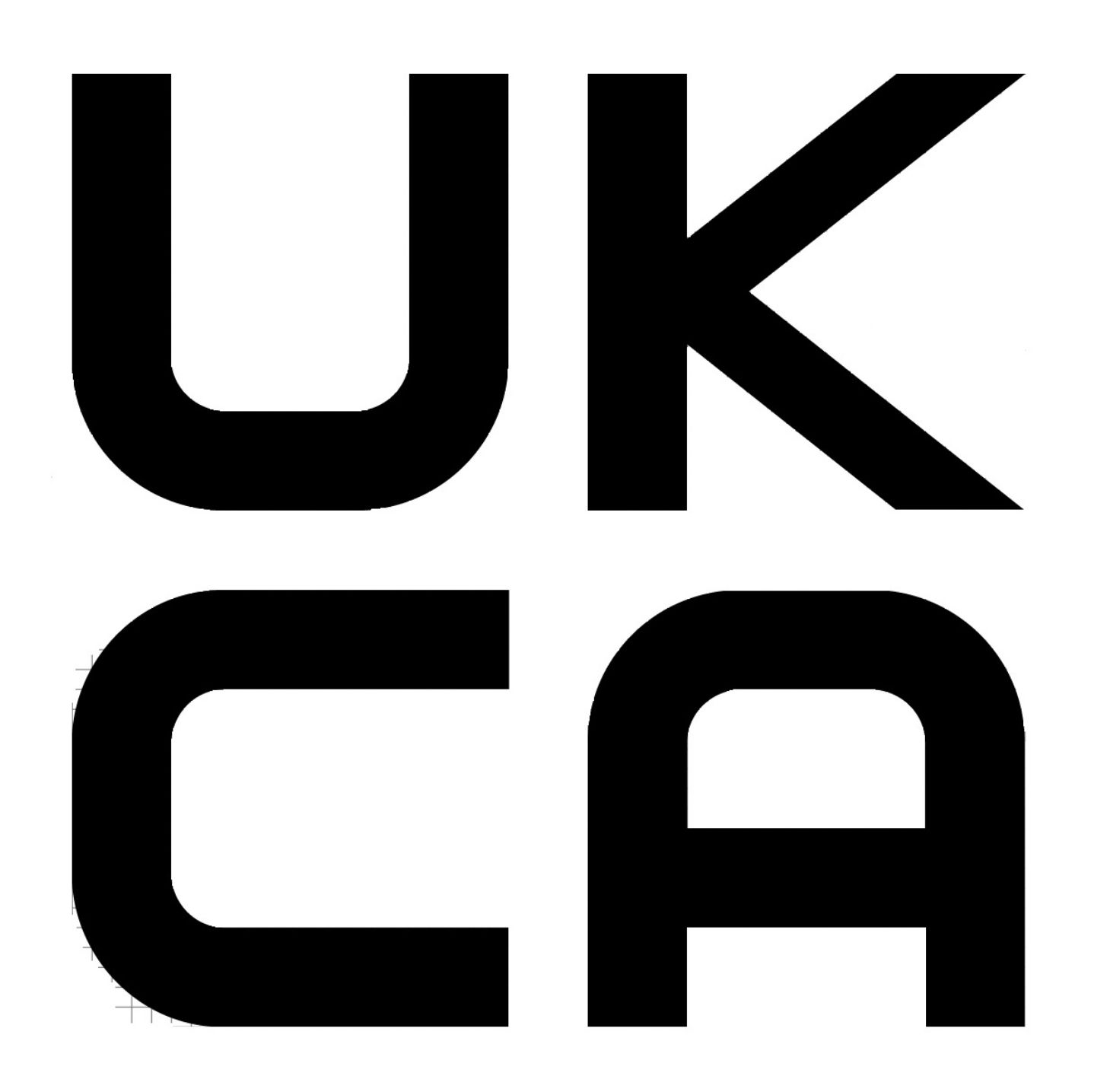Contact Us
We will get back to you as soon as possible
Please try again later
MDR Key Implications for Manufacurers and Stakeholders
The Medical Device Regulation (MDR) Comes into Full Application: Key Implications for Manufacturers and Stakeholders
As of May 26, 2021, the European Union's new Medical Device Regulation (MDR) came into force, replacing the previous Medical Device Directive (MDD) and In Vitro Diagnostic Device Directive (IVDD). This landmark shift in regulation aims to enhance patient safety, ensure product quality, and ensure better traceability across the medical device lifecycle. However, the transition to MDR represents a significant challenge for manufacturers, regulatory bodies, and stakeholders within the medical device industry.
Here’s a breakdown of what this full implementation means, and how businesses in the medical device sector need to adapt to comply with the new regulatory requirements.
Why the MDR was Introduced
The previous Medical Device Directive (MDD) had been in place for nearly two decades, but in the wake of several high-profile product recalls and safety concerns (including the PIP breast implant scandal and issues with metal-on-metal hip implants), the European Commission concluded that a more robust regulatory framework was needed to protect public health and patient safety.
The MDR strengthens existing provisions in several key areas, including:
· Stricter clinical evidence requirements for devices, especially higher-risk products.
· Enhanced post-market surveillance and vigilance to monitor the performance of devices after they’ve been placed on the market.
· Improved traceability of devices, including the introduction of Unique Device Identifiers (UDI).
· Tighter controls on Notified Bodies, ensuring that certification bodies meet high standards of competence and independence.
The goal is to create a more transparent, rigorous regulatory environment for medical devices, reinforcing patient safety while also fostering innovation in the healthcare sector.
Key Changes Under the MDR
1. Stricter Clinical Evaluation Requirements
The MDR places a stronger emphasis on the need for clinical evidence to prove the safety and effectiveness of medical devices, particularly for higher-risk products. Manufacturers must now conduct more comprehensive clinical evaluations and provide updated clinical data when applying for certification.
This applies not only to newly developed devices but also to legacy devices that were previously approved under the MDD. In some cases, existing devices may need to undergo re-assessment under the MDR to ensure they meet the new, more stringent standards.
2. Reclassification of Devices
One of the major changes under the MDR is the reclassification of many medical devices, particularly those that are higher risk. For example, many reusable surgical instruments and contact lenses have been moved from Class I to Class IIa or IIb, requiring more extensive evaluation by a Notified Body.
This reclassification will affect many manufacturers, as they will now need to undergo more thorough conformity assessments and audits before their products can be sold in the EU market.
3. Increased Role for Notified Bodies
Notified Bodies (NBs) are organizations designated by EU member states to assess the conformity of medical devices before they are placed on the market. Under the MDR, the requirements for Notified Bodies have been significantly strengthened to ensure that they are capable of assessing the increasing complexity and risk associated with medical devices.
This means manufacturers must work with Notified Bodies that are not only accredited but also have the necessary expertise and capacity to evaluate more complex devices. The MDR requires a more rigorous assessment process for devices, and the number of Notified Bodies able to certify products under the MDR is significantly reduced, meaning longer approval timelines.
4. Post-Market Surveillance and Vigilance
The MDR emphasizes a more robust system for monitoring the safety and performance of medical devices once they are on the market. Manufacturers are required to:
· Implement more extensive post-market surveillance plans to actively monitor the safety of their devices.
· Report adverse events, recalls, and safety concerns within a set timeline.
· Regularly update clinical evaluations and safety data to reflect the device's performance in real-world settings.
Manufacturers must ensure that they have systems in place to detect and report adverse events quickly, as this is critical for patient safety and regulatory compliance.
5. UDI System for Traceability
One of the most significant innovations of the MDR is the introduction of Unique Device Identifiers (UDI), which provide a way to track devices throughout their lifecycle—from production through to post-market surveillance. UDIs improve traceability and accountability, making it easier to track medical devices in the event of a recall or safety issue.
The UDI system is also expected to increase transparency, allowing patients, healthcare providers, and regulators to access more detailed information about the devices being used.
6. New Requirements for Manufacturer Responsibilities
The MDR imposes increased responsibilities on manufacturers, particularly regarding their Quality Management Systems (QMS) and documentation. They must ensure their QMS is compliant with the new regulations, which now require more detailed documentation and traceability than the previous MDD.
Manufacturers must also provide more detailed labeling and instruction for use (IFU) information, ensuring that devices are clearly and accurately described and that all necessary warnings, contraindications, and instructions are communicated effectively.
7. Increased Transparency and Public Access to Information
The MDR aims to increase public access to information about medical devices. Under the new regulation, the European database EUDAMED will be expanded to include more detailed information on medical devices, clinical investigations, and vigilance reports.
This transparency will not only support better regulatory oversight but will also give healthcare professionals, patients, and the public easier access to key device information, such as the safety record and regulatory status.
Implications for Manufacturers and Other Stakeholders
The full implementation of the MDR requires manufacturers, importers, and distributors to take a number of proactive steps to ensure compliance:
· Reevaluate Existing Products: Manufacturers need to review their existing product portfolio to determine which devices are impacted by the reclassification and clinical evaluation requirements. Products that were previously approved under the MDD may need to be re-certified under the MDR.
· Prepare for Longer Certification Timelines: With more devices requiring assessment by Notified Bodies and the limited capacity of these bodies, businesses must plan for longer timelines for regulatory approvals and certifications.
· Strengthen Post-Market Systems: Companies need to ensure that their post-market surveillance and vigilance systems are robust enough to meet the new reporting and monitoring requirements under the MDR.
· Adopt UDI Systems: Manufacturers must implement UDI systems to comply with traceability requirements. This means ensuring devices are labeled with unique identifiers and that the necessary data is registered in the relevant databases.
· Increased Documentation: Businesses must ensure their technical documentation and quality management systems align with the more rigorous requirements under the MDR.
Conclusion
The full implementation of the Medical Device Regulation (MDR) marks a significant shift in the regulatory landscape for medical devices in the European Union. These changes, driven by the need for enhanced patient safety, greater transparency, and improved traceability, will challenge manufacturers and other stakeholders in the medical device sector.
While the MDR introduces some complexities and increased responsibilities, it also provides an opportunity for manufacturers to improve product quality, boost patient trust, and gain a competitive edge in a more stringent and safety-conscious regulatory environment. By understanding and adapting to these new requirements, businesses can continue to thrive in the evolving medical device market.
To stay compliant, manufacturers and stakeholders in the medical device sector must act now—reviewing existing portfolios, preparing for more stringent evaluations, and ensuring their systems and processes are aligned with the full scope of the MDR’s requirements.




